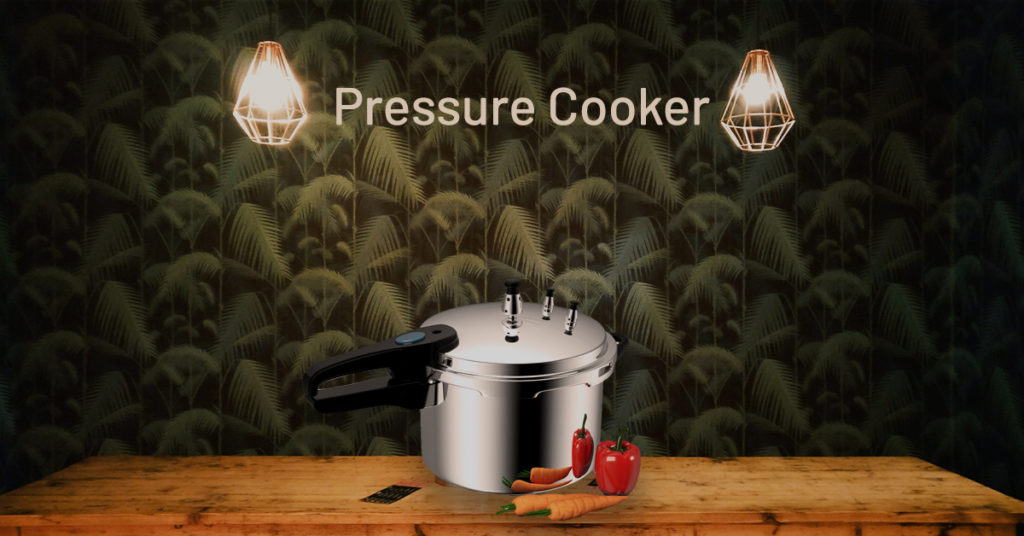What is a Pressure Cooker?
A pressure cooker is a kitchenware or cooking device used to cook or prepare foods and meals fast by generating internal steam and releasing it as the pressure builds up.
It is fast and equipped with regulating mechanisms to ensure safety and reliability while cooking. Pressure cookers employ high-pressure cooking that is fast and retains most food nutrients
Electric Versus Non-Electric Pressure Cookers
Electric pressure cookers mainly timed or preset to cook modes that best suit the food ingredient types prepared. They have digital timers, pressure monitors, and
They come in a variety of generations that offer several smart and unique cooking features with each progress in the generational innovation.
Electric Pressure Cooker Features
1. Anti-blockage vent
2. Leaky lid protection
3. Automatic pressure control
4. High-temperature warning
5. Extreme temperature and power protection mechanism
6. Safety lock and lid indicator
7. Lid close detection / signal
8. Pressure regulator protection
9. Three-ply encapsulated base
10. Digital pressure and temperature monitors
11. Varied cook modes for different foods
Non-Electric Pressure Cooker Features
Essential Characteristics of a Pressure Cooker and Functions
Electric and non-electric pressure are worlds apart, and all offer diverse functions, cook modes, temperature control mechanisms, and varied cooking chamber layout. There are several parts of pressure cookers that all work perfectly together to make them versatile and convenient kitchen wares in most modern homes and kitchens. These parts include, among others:


